

— Blogs —
—Products—
 Consumer hotline +8618073152920
Consumer hotline +8618073152920 WhatsApp:+8615367865107
Address:Room 102, District D, Houhu Industrial Park, Yuelu District, Changsha City, Hunan Province, China
Product knowledge
Time:2025-11-01 16:05:55 Popularity:296
A photovoltaic environment monitoring station is a professional meteorological monitoring system designed for solar power plants.
It collects real-time environmental data to ensure safe operation, optimize power generation efficiency, and assist in maintenance management.
Main monitored parameters: air temperature and humidity, wind speed and direction, rainfall, air pressure, solar irradiance, radiation, and module surface temperature.
Unlike ordinary weather stations, PV monitoring stations are directly related to power generation performance and equipment safety. Parameters such as solar radiation, light intensity, and temperature gradients directly affect photovoltaic module efficiency.
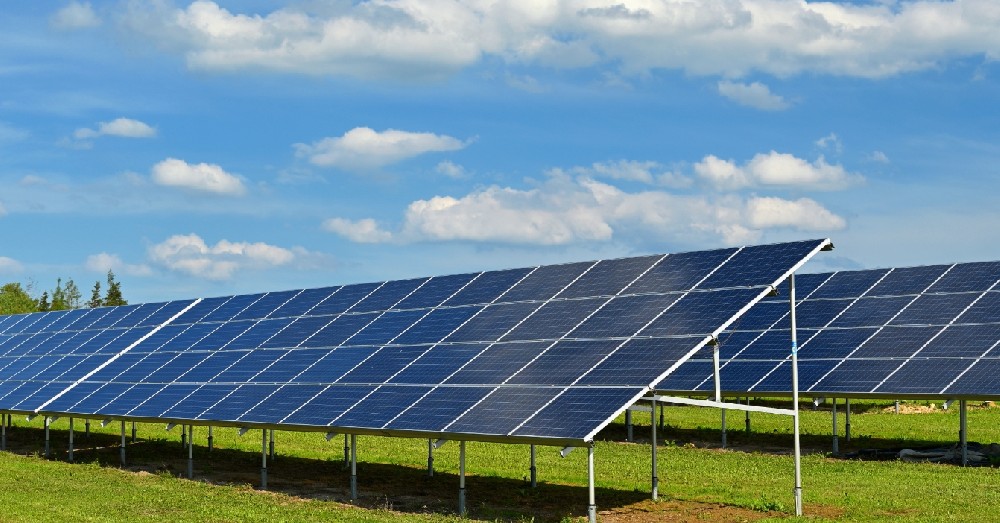
Function: Monitors air temperature and humidity for generation optimization and condensation control.
Principle: Capacitive or digital sensors output temperature and humidity data via acquisition modules.
Function: Measures wind speed and direction in real time to protect module arrays and mounting structures.
Principle: Ultrasonic or mechanical cup anemometers calculate airflow velocity and direction based on time or torque differences.
Function: Assists drainage planning and cleaning schedule optimization.
Principle: Tipping bucket or weighing rain gauges accumulate precipitation and output electrical signals.
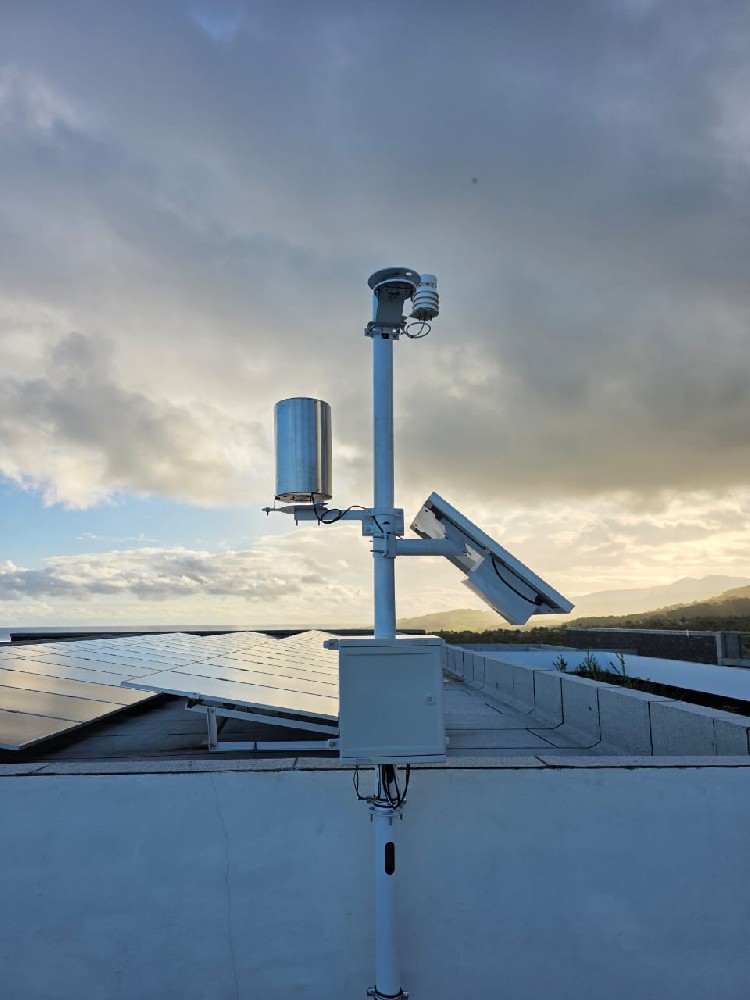
Function: Monitors solar irradiance for generation efficiency evaluation.
Principle: Photoelectric sensors output voltage proportional to light intensity.
Function: Helps detect weather changes and thunderstorm risks.
Principle: MEMS or piezoelectric sensors output real-time pressure variations.
PM2.5/PM10 monitoring
PV module surface temperature monitoring
Compatible with SCADA or cloud-based data platforms for system integration and upgrades
The cost of a PV monitoring station varies depending on customization needs. Major influencing factors include:
Number of monitored parameters: Core sensors include temperature, humidity, wind, rainfall, light, and radiation. Adding expansion modules increases cost.
Sensor accuracy and brand: Research-grade or imported sensors are more expensive but offer long-term stability.
Data communication method: 4G, LoRa, or NB-IoT modules differ in cost; cloud platforms and alarm systems add value.
Plant scale and station count: Large-scale PV farms may deploy multiple monitoring stations — bulk purchase reduces per-unit cost.
Power supply: Solar-powered systems with backup batteries are slightly more expensive than grid-powered ones.

Core Configuration: RMB 8,000–15,000 per unit
Mid-Range Configuration (with solar radiation and extensions): RMB 15,000–25,000 per unit
High-End Configuration (high-precision sensors + cloud + remote alerts): RMB 25,000–50,000 per unit
Define Plant Objectives: Ensure system safety, maximize energy yield, and enhance maintenance efficiency.
Select Reliable Manufacturers: Prefer established brands with proven field experience.
Evaluate After-Sales & Support: Remote commissioning, calibration, maintenance, and spare part supply are essential.
Check Data Platform Capability: Real-time visualization, trend analysis, historical comparison, and remote alarm support.
Assess Environmental Adaptability: System must withstand extreme heat, cold, humidity, wind, sand, and precipitation.
Ensure Scalability: Modular design allows later expansion (e.g., PM2.5, temperature differentials, inverter data).
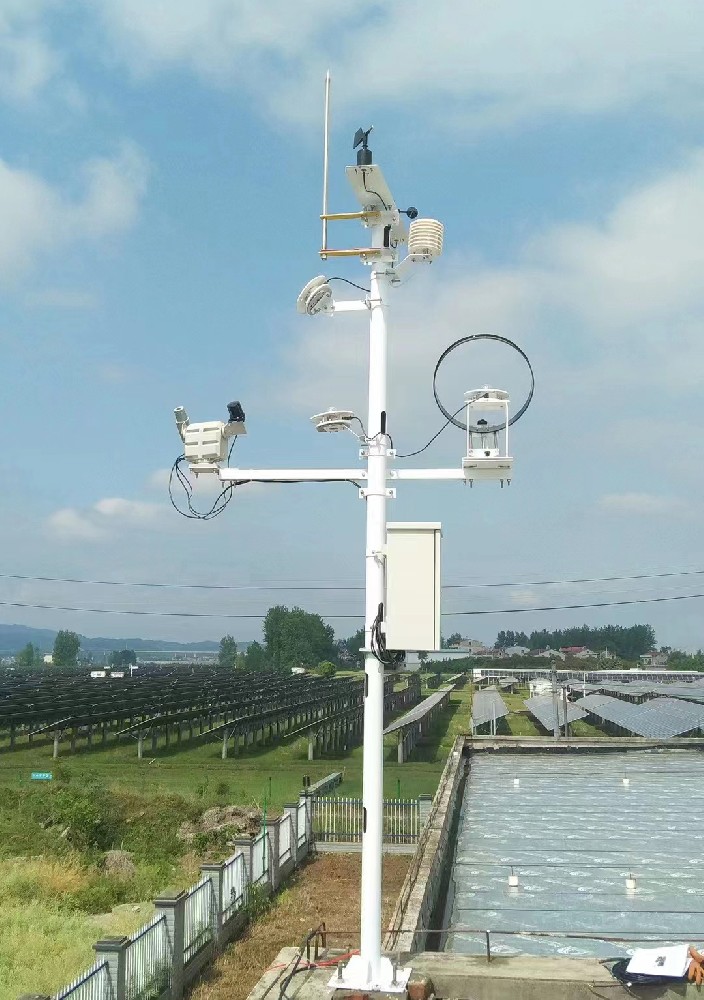
Real-time cloud monitoring of temperature, humidity, wind, light, and radiation data
Provides trend curves, historical comparisons, and event records
Supports PC, mobile, and SCADA integration
Remote alerts notify operators immediately when anomalies occur
2 monitoring stations installed for temperature, humidity, wind, solar irradiance, and radiation monitoring
Data used for power optimization and preventive maintenance
Results: Equipment failure rate reduced by 15%; generation efficiency improved by 3%
8 stations equipped with module surface temperature sensors
Data supports cleaning schedule optimization and maintenance planning
Results: Maintenance costs reduced by 20%; generation efficiency improved by 4%
| Application Scenario | Data Function | Return on Investment |
| Equipment Safety | Wind, rainfall, temperature alerts | Reduced downtime and damage losses |
| Generation Optimization | Radiation, light intensity, module temperature | Increased power yield |
| O&M Management | Cleaning and maintenance scheduling | Lower operational costs |
| Data Analysis | Long-term weather and performance trends | Supports investment decisions |
A: It varies based on configuration, sensor accuracy, communication mode, plant size, and power supply type.
A: No — modular design allows quick setup on poles or ground mounts within 30 minutes.
A: Through the cloud platform, mobile app, or SCADA integration, with data export and trend analysis.
A: Yes — solar power and low-power design enable stable off-grid operation.
A: No — modular components are easy to replace and calibrate. Remote support and spare parts are available.
A: Generally, 1 station per 50–100 MW for core monitoring, plus additional units for key areas depending on terrain.
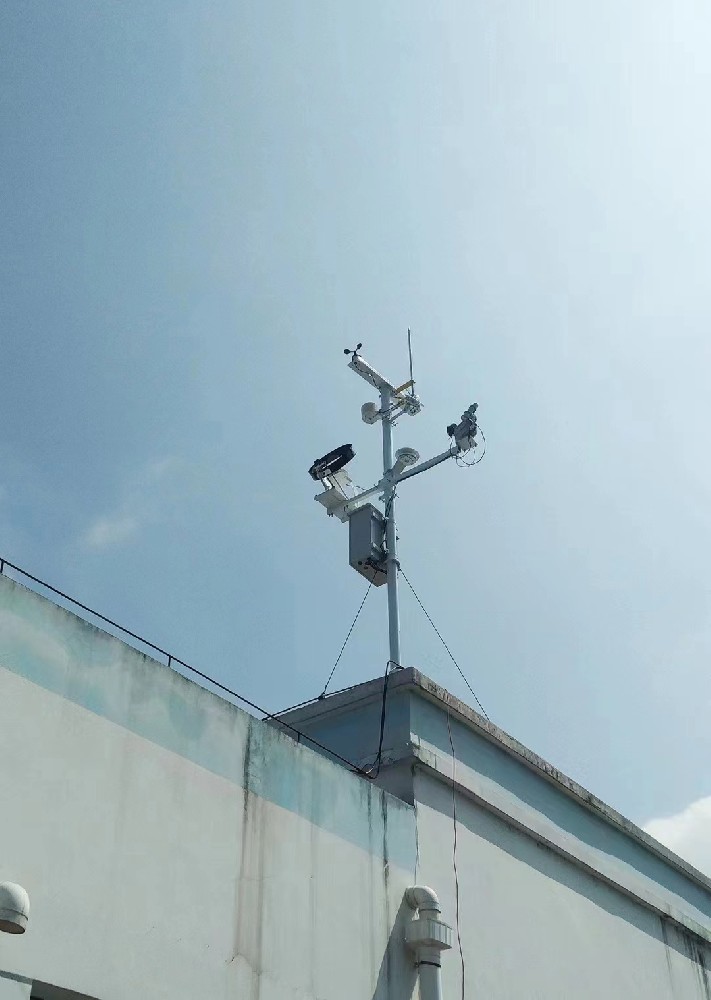
Comprehensive Monitoring: temperature, humidity, wind, rainfall, solar radiation, irradiance, module temperature
High Protection Level: IP65+, waterproof, wind-resistant, UV-resistant
Solar Power Supply: low-power design, off-grid stable operation
Cloud Platform Visualization: real-time data, history trends, smart alarms
Global Compatibility: modular design, SCADA-ready, flexible expansion
Proven Reliability: stable operation in Mauritius, Bangladesh, India, Saudi Arabia, and other regions
Request a tailored configuration
Download product brochure
Schedule a remote demo
Email: sales@niubol.com
Website: www.niubol.com
Phone/WhatsApp: +86 15367865107
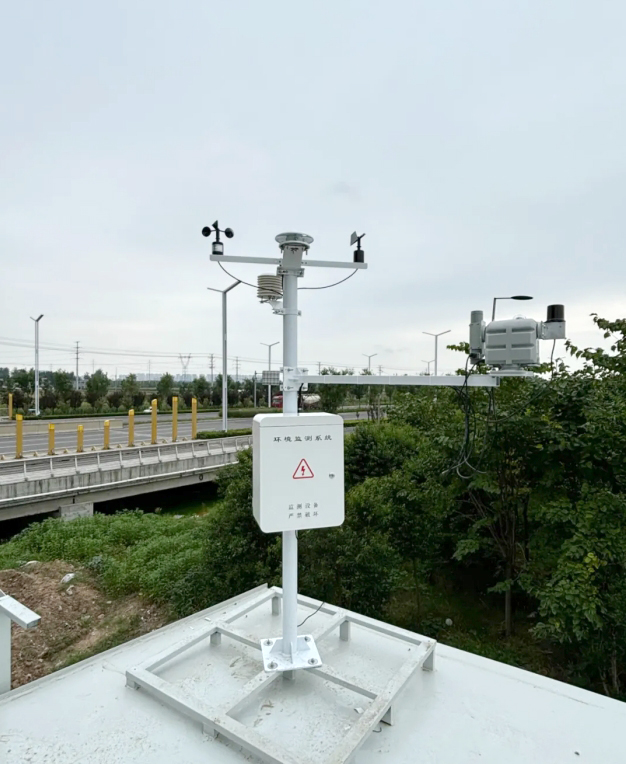
A photovoltaic environment monitoring station is more than a weather device — it is the core tool for solar plant safety, efficiency, and smart operation.
By choosing the right configuration, precise sensors, and a reliable manufacturer, power plants can achieve maximum long-term ROI and minimal operational risk.
Niubol’s PV monitoring stations deliver accurate data, stable performance, cloud visualization, and modular scalability — providing professional, reliable, and sustainable monitoring solutions for solar power plants worldwide.
NBL-W-SRS-Solar-radiation-sensor-instruction-manual-V4.0.pdf
NBL-W-HPRS-Solar-Radiation-Sensor-Instruction-Manual-V3.0.pdf
Prev:Campus Automatic Weather Station Selection and Application Guide
Next:Dust IQ Sensor: Real-Time Dust Monitoring for Maximizing Solar Power Efficiency
Related recommendations
Sensors & Weather Stations Catalog
Agriculture Sensors and Weather Stations Catalog-NiuBoL.pdf
Weather Stations Catalog-NiuBoL.pdf
Related products
 Combined air temperature and relative humidity sensor
Combined air temperature and relative humidity sensor Soil Moisture Temperature sensor for irrigation
Soil Moisture Temperature sensor for irrigation Soil pH sensor RS485 soil Testing instrument soil ph meter for agriculture
Soil pH sensor RS485 soil Testing instrument soil ph meter for agriculture Wind Speed sensor Output Modbus/RS485/Analog/0-5V/4-20mA
Wind Speed sensor Output Modbus/RS485/Analog/0-5V/4-20mA Tipping bucket rain gauge for weather monitoring auto rainfall sensor RS485/Outdoor/stainless steel
Tipping bucket rain gauge for weather monitoring auto rainfall sensor RS485/Outdoor/stainless steel Pyranometer Solar Radiation Sensor 4-20mA/RS485
Pyranometer Solar Radiation Sensor 4-20mA/RS485
Screenshot, WhatsApp to identify the QR code
WhatsApp number:+8615367865107
(Click on WhatsApp to copy and add friends)
